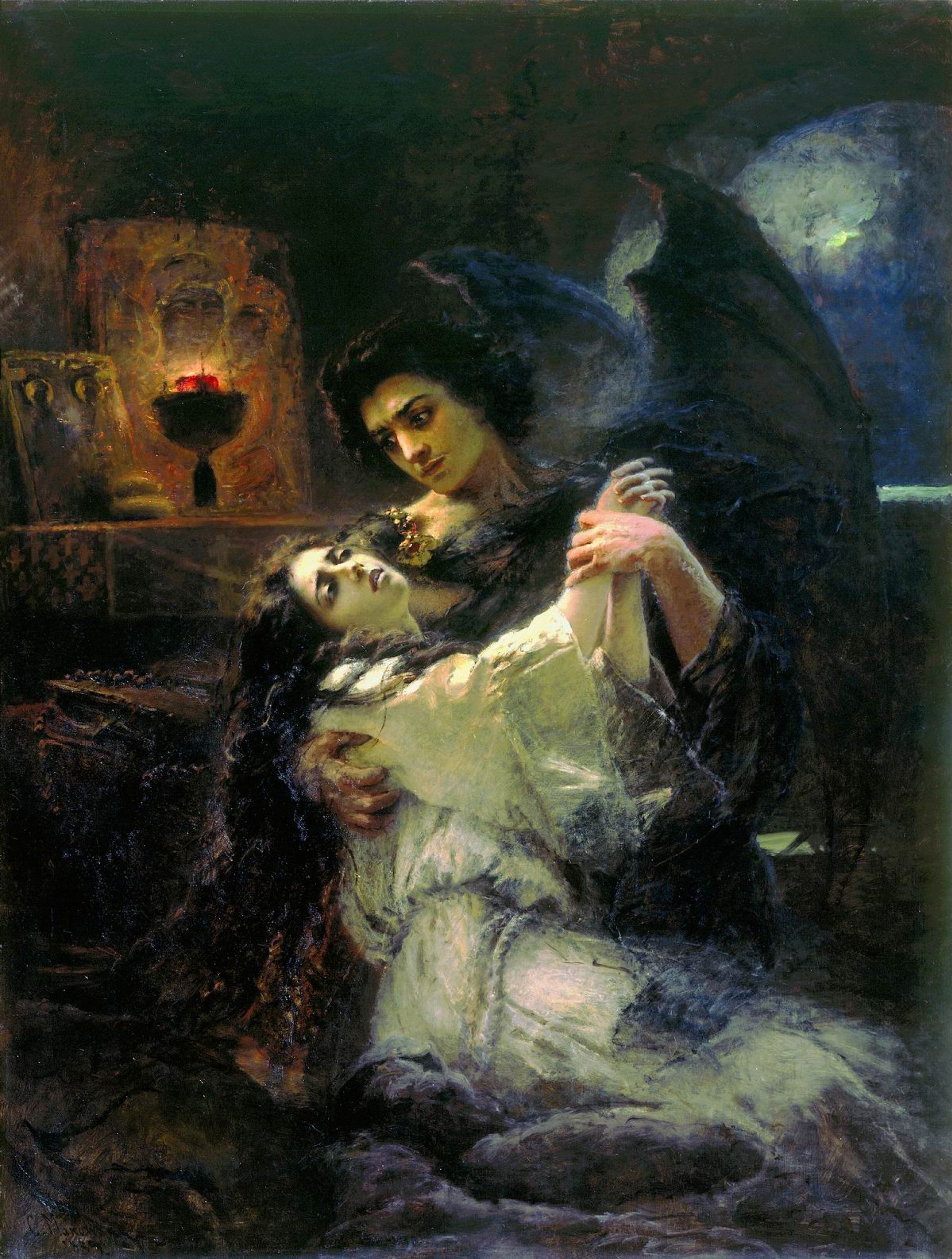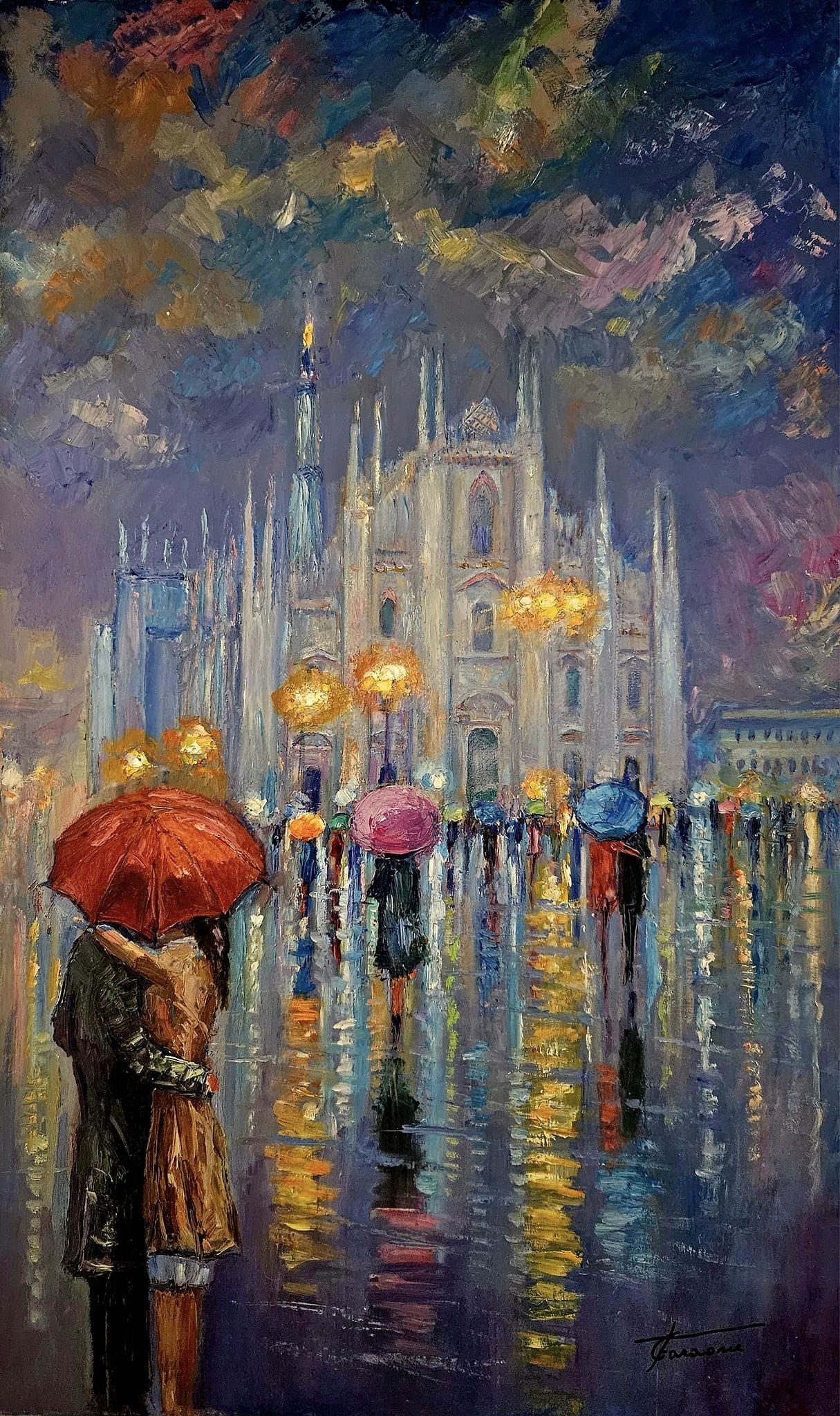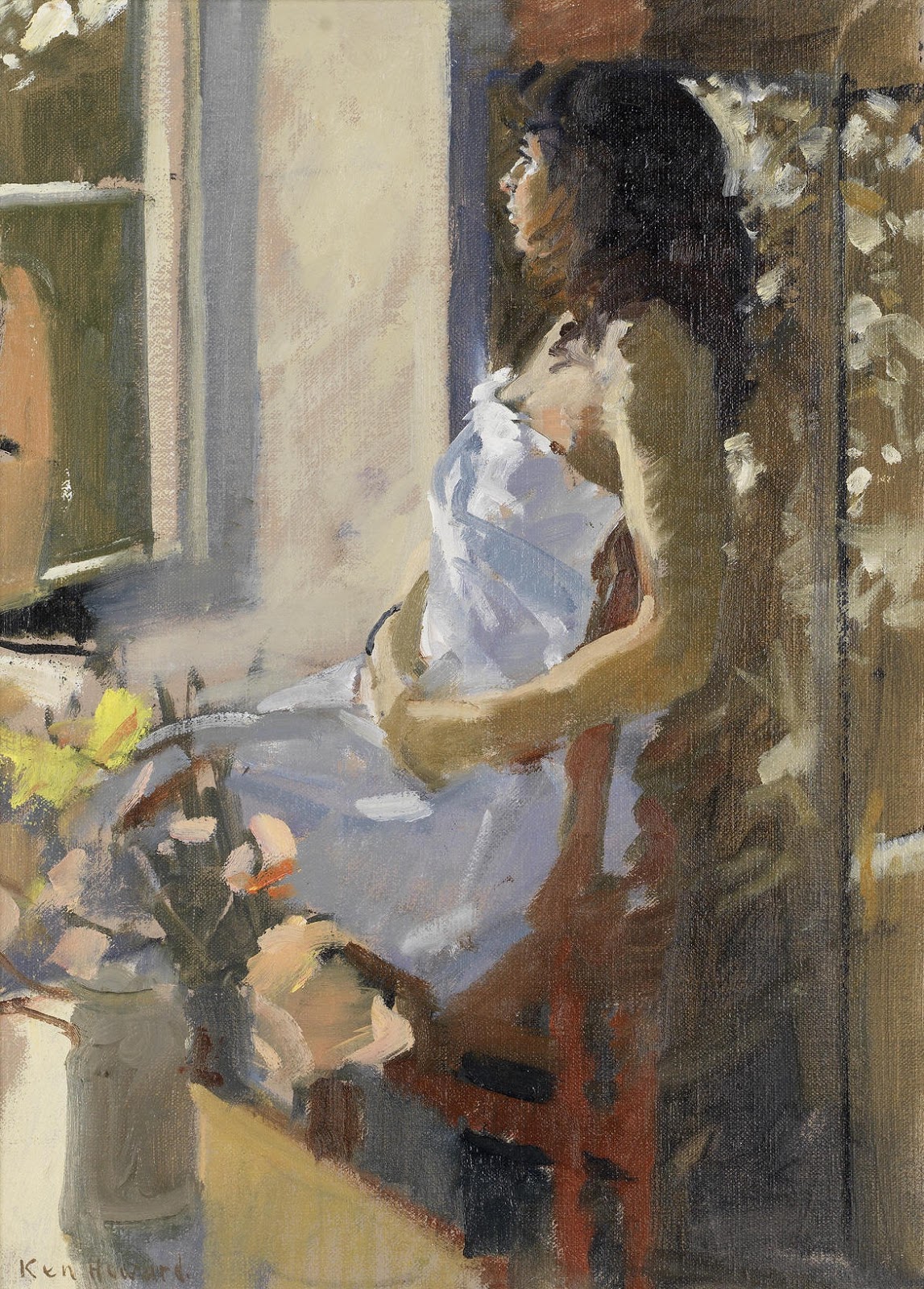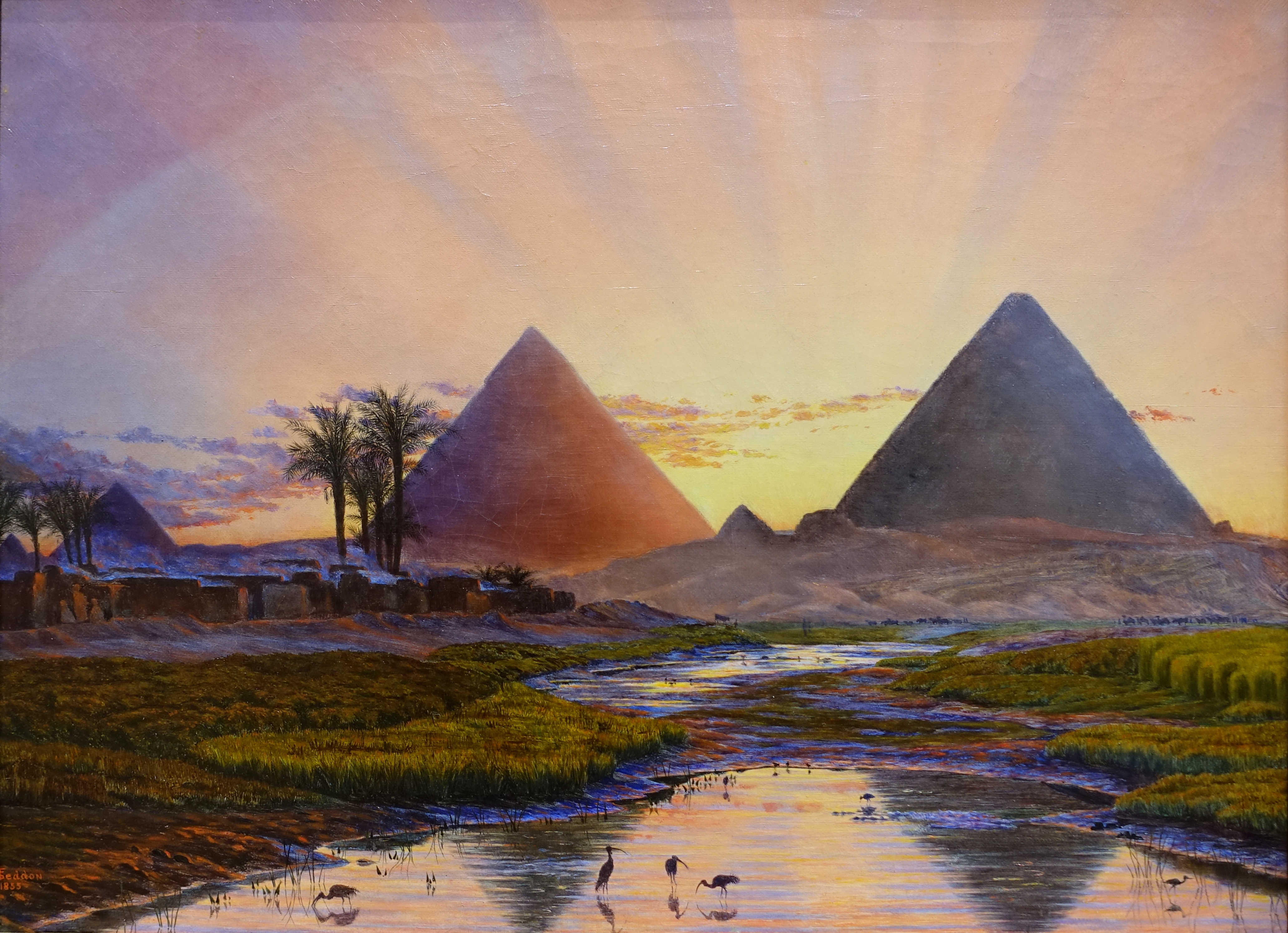Concerning the Spiritual in Art, 1910
Part II: About painting
In an obscure and puzzling way, the artist develops a work of art. As it gains a life of its own, it becomes an entity, an independent spiritual life, which as a being, leads the life of material realism.
It is, therefore, not simply a phenomenon created casually and Inconsequentially indifferent to spiritual life.
Instead as a living being, it possesses creative active forces. It lives, has power, and actively forms the above-mentioned spiritual atmosphere.
From an innermost point of view, the question finally should be answered as to whether creation is strong or weak. If too weak in its form, it is impotent to cause any kind of spiritual vibration.
 |
| Wassily Kandinsky | Succession, 1935 |



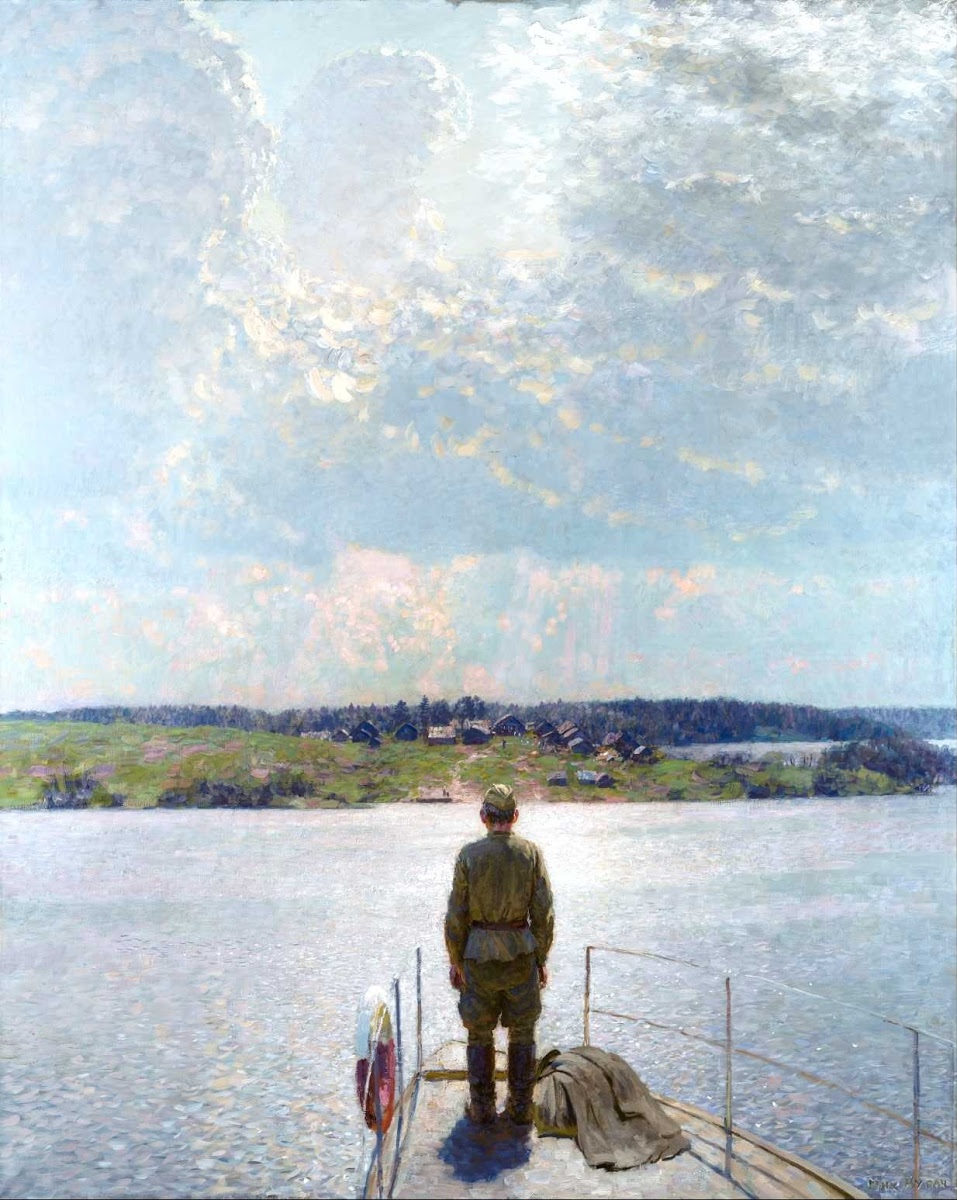


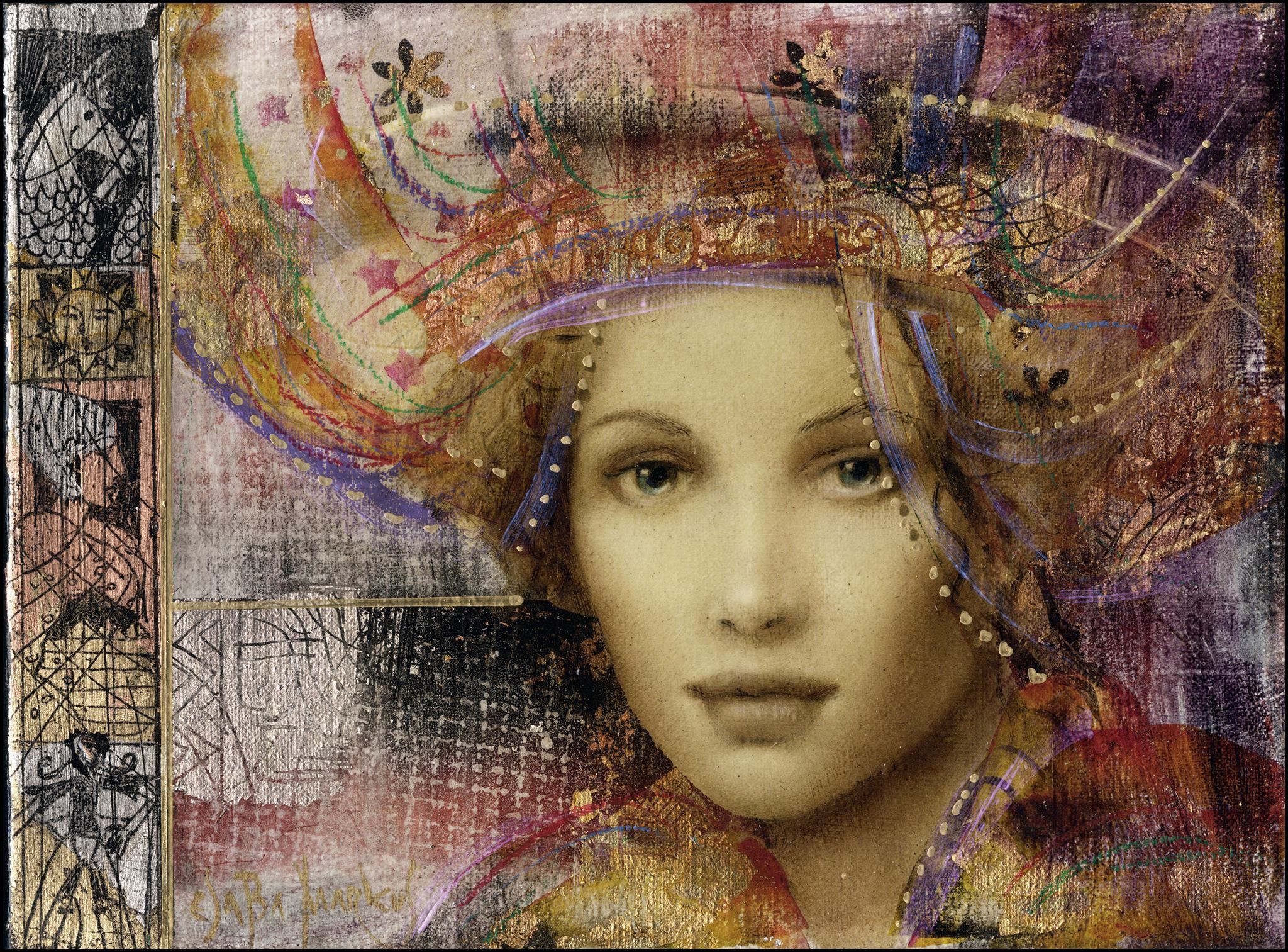
.jpg)






